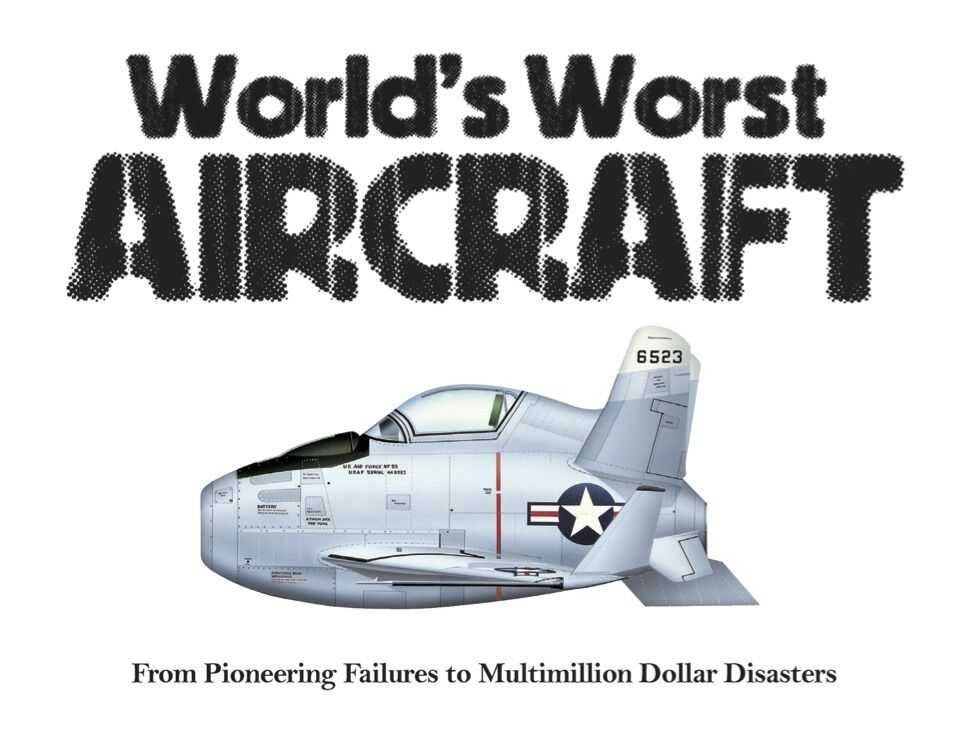The World’s Worst Aircraft: Landscape Pocket Guides
The great leaps in aviation history – the Wright brothers’ first flight, Lindbergh’s first crossing of the Atlantic, Yeager breaking the sound barrier – were all made by pushing the boundaries of aeronautical science, and wringing extraordinary performance out of... Read moreRead less
The great leaps in aviation history – the Wright brothers’ first flight, Lindbergh’s first crossing of the Atlantic, Yeager breaking the sound barrier – were all made by pushing the boundaries of aeronautical science, and wringing extraordinary performance out of experimental and untested aircraft. However, for every success like these, there were new aircraft designs which flew badly (or not at all), crashed on landing, burned up fuel at an alarming rate, exploded without warning, or pointlessly wasted millions of dollars.
Aviation history is riddled with heroic failures: aircraft that could have been great and should have been great, but have gone down in history as disasters due to a design oversight, a technological stumbling block, or a political hurdle. Some of these aircraft even made it off the production line and into service: types like the SB2C Helldiver, an underarmed and underpowered WWII dive-bomber, nicknamed ‘Son of a Bitch, 2nd Class’ by its hapless crews.
Although inevitably many of the world’s worst aircraft have been so bad that they caused fatalities, many of the aircraft included here are featured because they (thankfully) failed to leave the ground, or the factory, or only flew once. Modern aircraft, designed to be failsafe, are often deemed failures because they were designed for an outdated purpose, like the XB-70 Mach 3 bomber, or cost billions of dollars before they were scrapped, like the Boeing Comanche helicopter.
The World’s Worst Aircraft takes a lighthearted look at 150 of these flying failures – old and new – and asks the pertinent questions. Why did they ever get off the drawing board? What went wrong? Why were they so unreliable, and how much money was wasted by governments, manufacturers and individuals trying to make them a success?
Each aircraft is illustrated with a full-page photograph, annotated to show particularly bad, dangerous or unusual features. Informed text, written by an acknowledged aviation expert, provides an insight into the history of each type, alongside archive images from the aircraft’s heyday, artworks or diagrams. Featuring more than 150 of the world’s weirdest, strangest and most dangerous planes, this book is a perfect demonstration of how not to build aircraft.
World's Worst series
Format: 213 x 290mm
Extent: 320pp
Word count: 50,000
Illustrations: 450 colour photographs and archive illustrations
There is no Amber trade edition currently available.
Also available in 213 x 290mm format.
Buy now:
